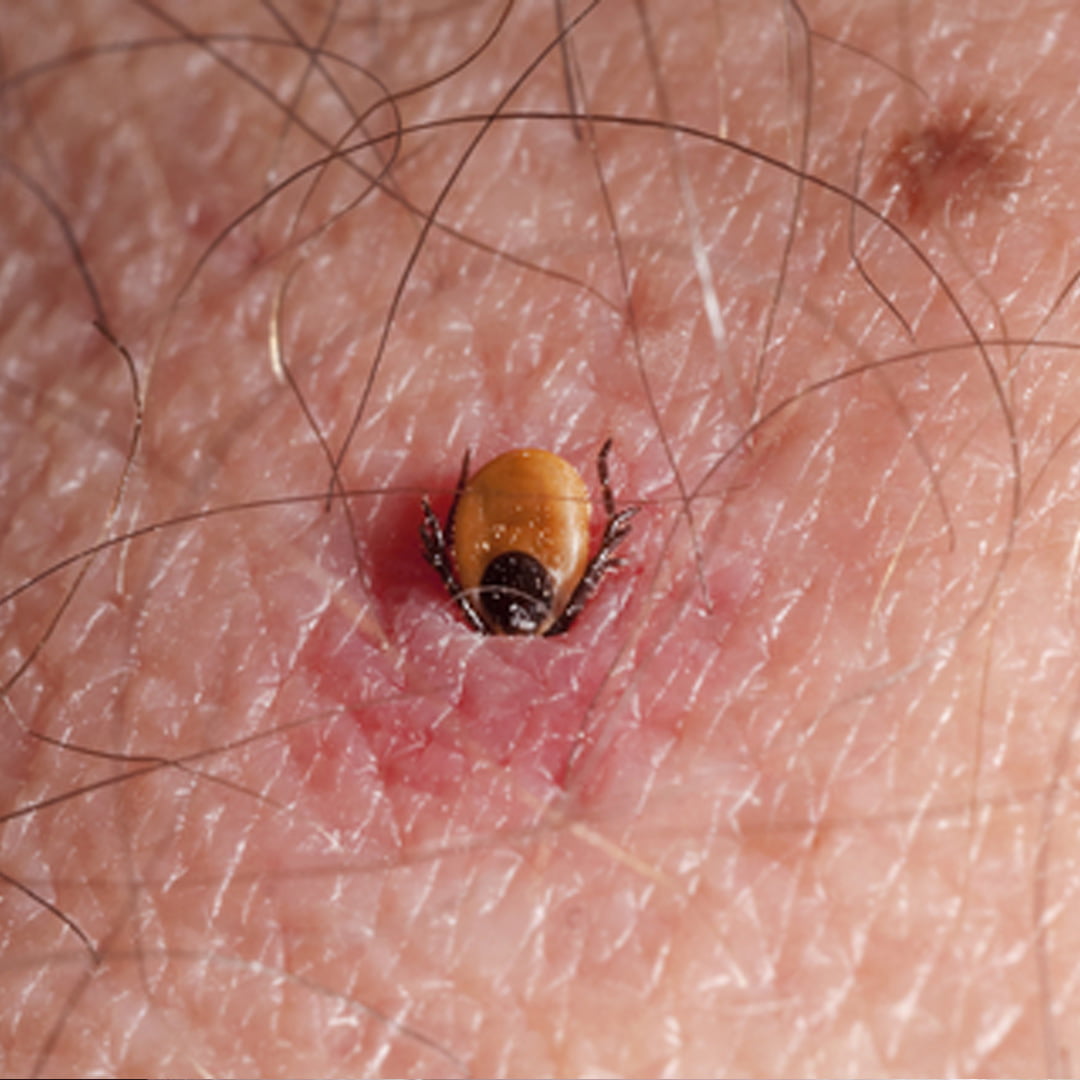The tick while walking in Scotland
Scotland has many hills and mountains where hikers regularly get a tick bite. Especially after a mild winter period, many ticks can be found in these areas. These tiny creatures are barely visible to the naked eye, but they do pose a great danger. After a walk in the Scottish hills, it could well be that you have been bitten by a tick and thus infected with the Borrelia bacteria. This causes Lyme disease and that can have unpleasant consequences.
Scotland and Lyme Disease
Ixodes Ricinus, also known as the sheep tick, is common in Scotland and spreads Lyme disease there. This disease is also known in the Netherlands and can in rare cases even be fatal if it is not treated (properly) with a course of antibiotics. The first symptom of Lyme is a red circular spot at the site of the tick bite. Symptoms such as fever and flu can then develop. At a later stage, complaints in the joints, nervous system and heart can occur. There is no vaccination against Lyme disease.

Risk areas in Scotland
Ticks are mainly found in the northern part of Scotland. The Scottish Highlands is a popular holiday destination and also an attractive area for walking or other adventurous activities. The disadvantage of this area, however, is the presence of ticks, which hide here in the forests and grasses. The fact that there are many ticks in the north of Scotland does not mean that there are no dangers lurking when walking in the southern part of this country. There have already been enough people who have suffered a tick bite here.
